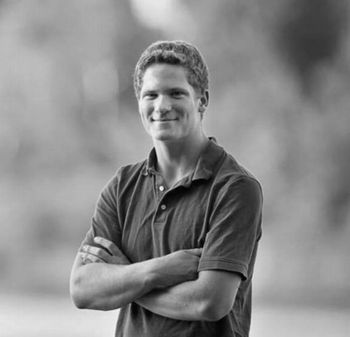Feds shell out $10 million for STEM diversity
The National Science Foundation doled out $10 million to help colleges recruit minority students for STEM.
Michigan State University students with whom Campus Reform spoke had different perspectives on the program.
The National Science Foundation seeks to diversify STEM programs through a $10 million nationwide academic partnership.
The NSF awarded the $10 million to the newly created National Alliance for Inclusive and Diverse STEM Faculty (NAIDSF) which is co-led by the Association of Public and Land-grant Universities (APLU) and the Center for the Integration of Research, Teaching, and Learning (CIRTL).
“To facilitate Institutional Change,” the alliance stated, “NAIDSF will help institutions examine their practices for recruiting, hiring, and retaining [faculty from underrepresented group]; enhance faculty inclusive practices; develop action plans to increase diversity among STEM faculty; provide resources to help implement needed reforms; and provide training for the next generation of diverse institutional leaders.”
The NAIDSF’s ultimate aim is “attracting more underrepresented students — women, members of minority racial and ethnic groups, persons with disabilities, and those from low socioeconomic backgrounds.”
[RELATED: STUDY: Women leaving STEM due to depression, unhappiness]
“Underrepresented minority faculty [is] a mere eight percent of associate and full professors in STEM fields at four-year institutions,” alliance co-director Robert Mathieu said in the APLU news release.
APLU’s selection by NAIDSF thrilled APLU Executive Vice President and alliance co-director Howard Gobstein.
“[The] program is a visionary gamechanger, building on the strong foundation of many earlier programs...across hundreds of institutions,” he said in the APLU news release. “It is critical that we transform participation in STEM fields to engage the nation’s diverse talent.”
Under the initiative dubbed “Regional Change,” over 50 universities and 35 “cross partners” have committed to achieving the alliance’s goals. These partners include “2-year colleges, 4-year regional universities, local research universities, and the private sector.”
Michigan State University, one of the partners, says the project brings together institutions to “think collectively about welcoming and preparing more STEM faculty who will teach, mentor and advise students in inclusive ways.”
[RELATED: Scholars claim Asian Americans used to perpetuate racism in STEM]
MSU has participated in CIRTL for a lengthy period of time, the university indicated. The initiative includes the associate dean of research in the MSU College of Education Ann Austin and MSU researcher Leslie Gonzales.
Gonzales is part of a six-person NAIDSF team who determine whether ASPIRE, the secondary name of NAIDSF, helps create change in university STEM departments.
“ASPIRE is comprehensive and includes a major intervention concerning faculty preparation and faculty evaluation, continual assessment of the intervention and a social science research component,” Gonzales said in the school’s news release.
The alliance has stated the alleged benefit of diverse faculty on student academic success.
”Data show that when diverse faculty members teach underrepresented students, these students achieve at significantly higher rates,” Mathieu said in the APLU announcement. He further said that this phenomenon closes “achievement gaps in those classes by 20 to 50 percent.”
Students at Michigan State University vary in their opinions toward this project. Alex Chudzik, a senior studying Social Relations and Policy told Campus Reform that “STEM is a field that has historically been largely made up of white men. Diversity is our strength.”
[RELATED: Profs blame ‘masculine’ ideals for lack of women in STEM]
But Brianna Saroli, a Political Theory and Constitutional Theory student, has mixed thoughts on the program. She told Campus Reform that “This program could be effective toward people with disabilities, however, not for minorities of racial, ethnic and gender groups.”
”If these people are taught differently from others due to the fact that they are a minority, how will they become prepared for the real job market? Most professions will not accommodate that same philosophy. By providing a special program for minorities, we, in turn, would be doing them a disservice.”
Follow the author of this article on Twitter: @SergeiKelley

